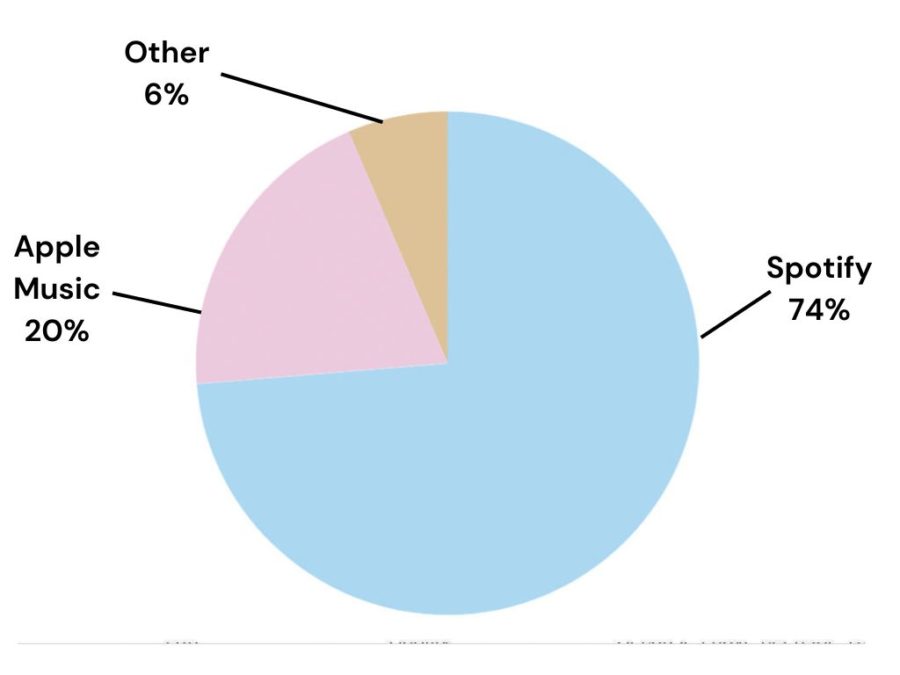In a JAMA Internal Medical study Dr. I-Min-Lee a professor of Medicine at Harvard Medical School looked at the effects of taking 10,000 steps a day, a number that originally originated in 1965 as part of a marketing campaign and has since become the default settings in many fitness trackers. The main findings from the study stimulated that women who averaged 4,400 reduced mortality by 41% as compared to the average step count of a sedentary woman: 2,700. However, these vast mortality improvements ended at 7,500 steps a day.
Interestingly enough, large quantities of steps each day don’t just stimulate and improve the body but also provide benefits to the brain. As science teacher Jim Arnold explains, “Exercise goes beyond heart, muscles, all that other stuff.” Indeed exercise is extremely important for not only lowering mortality but also for improving memory. Arnold continues, “[The hippocampus in the brain] is responsible for memory and that study supports the idea that moderate aerobic exercise walking in adults over 55 improved their memory and they can measure the sides of the hippocampus to document that.”
However, getting more steps isn’t just critical for those over 55 but students too. Maggie Bowman grade dean and coach of both Blake’s cross country and track teams finds, “I’ve heard a lot of students talk about the fact that they don’t feel like they could leave school at 3 o’clock and go home and immediately start their homework, they need a break to do something different they need to have an outlet …I think a lot of athletes appreciate and express their appreciation of that time after school to do something different…Brain science will tell us that depending upon the person probably, but in general there is more benefit to a break that includes some sort of movement or activity than a break that doesn’t include those things.”
In terms of the stringently noted 10,000 steps rule Bowman finds, “If kinda the very widely known rule about ‘take 10,000 steps a day’ if that encourages people to do something active every day then I think that rule is great [be]cause it’s something that’s widely known and encourages healthy habits. Do I think the specificity of 10,000 steps a day? No I don’t, I don’t think that is necessary or a perfect number by any means cause I think someone might not take anywhere near 10,000 steps a day but if they decide that they want to be active or have moments to themselves or do a half hour yoga I think that’s fantastic. To the extent that it encourages people to take care of themselves, yes as far as hitting that number ‘eh’ I think it’s just sort of widely known.” Arnold agrees, noting, “I think it’s about getting exercise [rather than taking 10,000 steps]… I think the important thing is to get up and get moving.”
While 10,000 steps was created as a simple marketing strategy, getting anywhere from 4,400 to 7,500 steps a day not only makes you a stronger healthier person but grows your hippocampus and reduces mortality rates. In terms of managing to get steps throughout school days as Bowman explains, “Because we know often the default is sedentariness just be intentional about just saying ‘I’m going to do something active for 30 minutes’ and it doesn’t mean that it has to be walking or running or whatever, I think it could be yoga or if people are into lifting weights or taking classes or whatever it is, being intentional about it is helpful because otherwise we don’t think about the fact that we don’t just do it naturally.”













